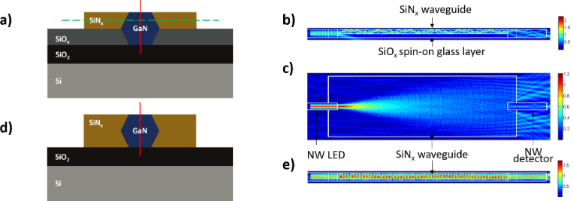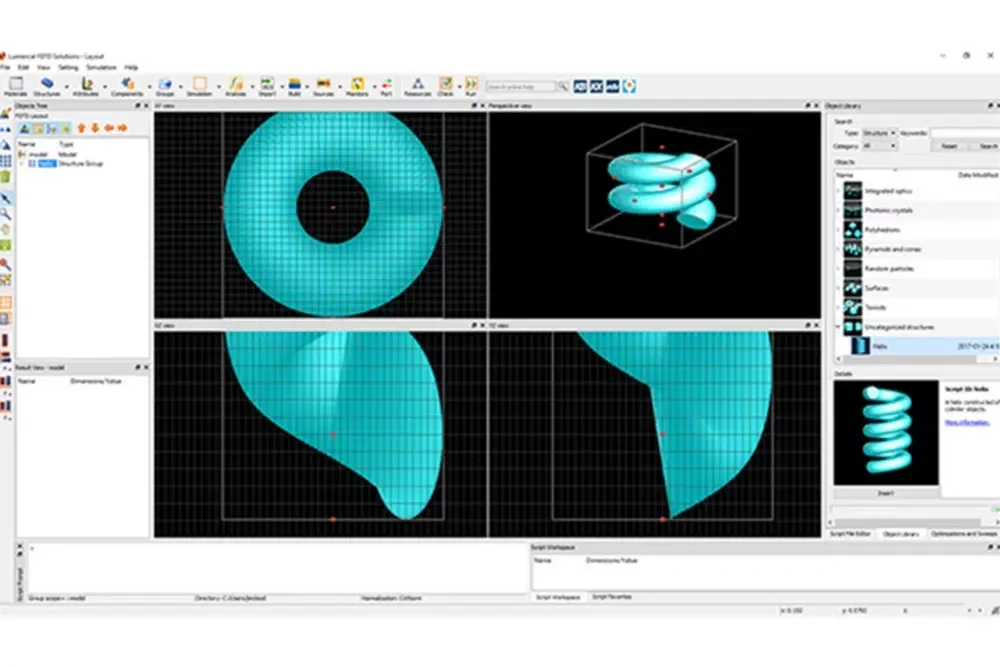
The field of plasmonics, more specifically nanoparticle surface plasmons, has experienced a recent surge in interest following the discovery that surface plasmons are responsible for enhancements of the local E-field in the vicinity of metallic, nanostructured surfaces. This study demonstrates that COMSOL is a promising simulation environment to quantitatively investigate nanoscale electromagnetics for the modeling and designing of Surface Enhanced Raman Scattering (SERS) substrates.

The size-effect that arises from surface scattering of electrons is addressed and shown to be especially prominent for thin shells, for which significant damping, broadening and shifting of the plasmon band is observed the size-effect also affects large nanoshell dimers, depending on their relative shell thickness, but to a lesser extent. A consistent overestimation of the plasmon’s FWHM and red-shifting of the plasmon peak occurs with FEM, relative to ME, and it increases with decreasing shell thickness and inter-particle distance.

This error increases several fold with increasing dimer size, as the quasi-static approximation breaks down. The E-field increased with decreasing shell thickness, decreasing interparticle distance, and increasing size, with the error between the two methods ranging from 1 to 10%, depending on the specific combination of these three variables. The E-field in the dimer gap was evaluated and compared as a function of shell thickness, inter-particle distance, and size. The spatial and spectral responses of the plasmonic fields induced in the gap of 3-D Nanoshell Dimers of gold and silver are comprehensively investigated and compared via theory and simulation, using the Multipole Expansion (ME) and the Finite Element Method (FEM) in COMSOL, respectively.


 0 kommentar(er)
0 kommentar(er)
